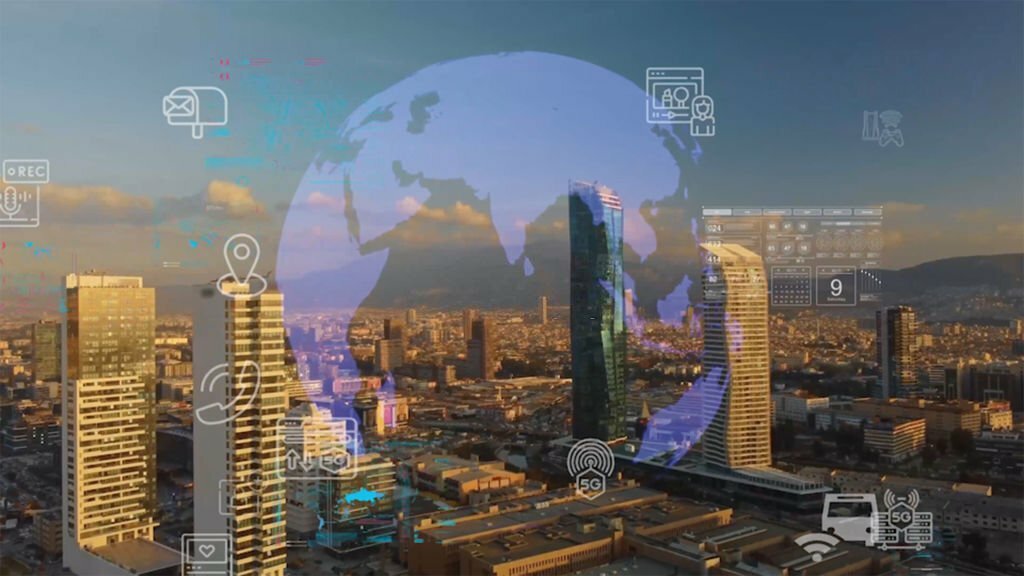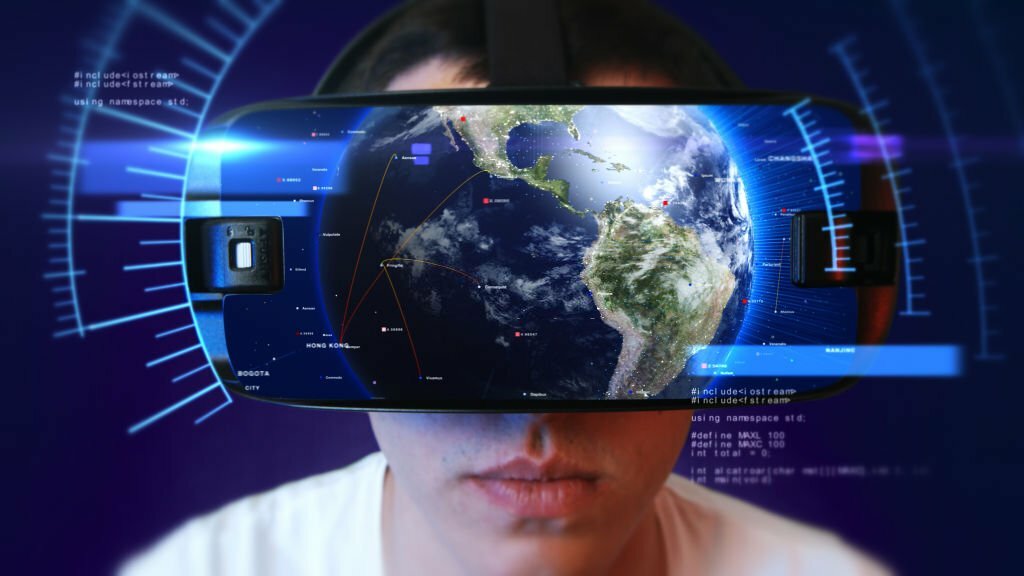
Facial recognition software, a revolutionary technology that has transformed the landscape of surveillance, security, and personal identification, has a rich and multifaceted history. The roots of this technology can be traced back to the early days of computer vision and artificial intelligence. As we delve into the evolution of facial recognition software, we witness a journey marked by technological breakthroughs, ethical concerns, and the continuous quest for accuracy and reliability.
Early Beginnings (1960s-1980s)

The concept of facial recognition dates back to the 1960s, with Woodrow Wilson Bledsoe, a computer scientist, pioneering early experiments. His work laid the groundwork for facial recognition technology by developing a system capable of recognizing faces in photographs. However, the computational power required for real-time applications was beyond the capabilities of the technology at that time.
During the 1970s and 1980s, significant progress was made in computer vision and image processing. Researchers began exploring the idea of automated facial recognition for security and law enforcement purposes. Woody Bledsoe, along with Helen Chan and Charles Bisson, created a facial recognition system capable of identifying faces from a database. This marked the first practical attempt at automated facial recognition.
Advancements in the 1990s
The 1990s witnessed a surge in interest and research in facial recognition technology. Driven by advancements in computer hardware and algorithms, researchers focused on improving the accuracy and efficiency of facial recognition systems. The Eigenface algorithm, developed by Matthew Turk and Alex Pentland, made a significant impact during this period. This technique used principal component analysis to represent facial features, enabling more robust recognition.
Simultaneously, government agencies and law enforcement started exploring the potential of facial recognition for security purposes. The Defense Advanced Research Projects Agency (DARPA) funded several initiatives, including the Face Recognition Technology (FERET) program, aimed at advancing facial recognition capabilities.
Rise of 3D Facial Recognition (2000s)

The early 2000s marked a transition from 2D facial recognition to 3D techniques. Traditional 2D systems struggled with variations in lighting, pose, and facial expressions, prompting researchers to explore depth-based approaches. Time-of-flight and stereo-vision technologies allowed systems to capture three-dimensional facial data, improving accuracy and robustness.
One of the key milestones during this era was the development of the Viola-Jones algorithm, which combined Haar-like features and machine learning for face detection. This algorithm became widely used in real-time applications, paving the way for the integration of facial recognition into consumer devices and surveillance systems.
Mainstream Adoption and Ethical Concerns (2010s)
The 2010s saw facial recognition technology becoming more accessible to the public. Companies like Apple popularized facial recognition with the introduction of Face ID on the iPhone. Simultaneously, social media platforms began using facial recognition for photo tagging, exemplifying the technology’s widespread adoption.
However, this widespread use raised ethical concerns regarding privacy and surveillance. Advocacy groups and privacy advocates expressed apprehension about the potential misuse of facial recognition by governments and private entities. Several high-profile cases highlighted the need for regulations and guidelines to address the ethical implications of facial recognition technology.
Deep Learning Revolution (2010s-Present)

The latter part of the 2010s and the early 2020s witnessed a paradigm shift in facial recognition technology with the advent of deep learning. Convolutional Neural Networks (CNNs) and other deep learning architectures enabled more accurate and sophisticated facial feature extraction and matching. Deep learning algorithms demonstrated remarkable performance in unconstrained environments, surpassing traditional methods.
Despite the technological advancements, concerns about bias and inaccuracies persisted. Researchers and engineers grappled with the challenge of developing algorithms that were fair and unbiased across diverse demographic groups. The push for ethical AI and transparency became central to the discourse surrounding facial recognition technology.
Regulatory Responses and Future Directions
As concerns about privacy and ethical considerations intensified, governments around the world started responding with regulatory measures. Some countries imposed temporary bans or restrictions on the use of facial recognition technology in public spaces. Others implemented guidelines to ensure responsible and transparent deployment.
The future of facial recognition software is likely to be shaped by ongoing advancements in AI, computer vision, and biometrics. The industry is increasingly focused on addressing ethical concerns, ensuring transparency, and building systems that are both accurate and unbiased. The dialogue between technology developers, policymakers, and the public will play a crucial role in defining the ethical boundaries of facial recognition technology in the years to come.
In conclusion, the history of facial recognition software is a tale of innovation, ethical dilemmas, and societal transformation. From its humble beginnings in the 1960s to the deep learning revolution of today, facial recognition technology has come a long way. As it continues to evolve, striking a balance between technological progress and ethical considerations will be essential for its responsible and beneficial integration into various aspects of our lives.